Medieval-style outfits have long captured the imagination of those interested in history and fashion alike. My intrigue with the intricate designs and social significance of these garments began the first time I visited a Renaissance fair.
I marveled at how clothing once signified one’s social standing and profession so vividly. Each layer, fabric choice, and color wasn’t just a fashion statement but a declaration of identity in a world so different from our own.
The construction and materials of medieval clothing reveal a lot about the period’s technology and resources. As I’ve learned more about the subject, it struck me just how innovative and resourceful people were, in creating durable and functional apparel with what was available.
From the luxurious silks worn by nobility to the rough wool garments of peasants, every fabric holds a story, a snippet of everyday life from centuries past.
Going beyond simple aesthetics, every fold of fabric and configuration represented a feature of the wearer’s life. I’ve found a deep appreciation for the craftsmanship and complex societal structures reflected in these historical garments.
Knowing the effort and meaning sewn into each piece, I feel a connection to the past and a greater understanding of how our ancestors lived and expressed themselves through their attire.
Reader's Roadmap
Key Takeaways
- Medieval clothing was an indicator of social status.
- The materials and design reflected the era’s resources and technology.
- The outfits provide valuable insights into the societal norms of the Middle Ages.
Rusty Red Wide Sleeved Noble Dress With Flower Embroidered Belt
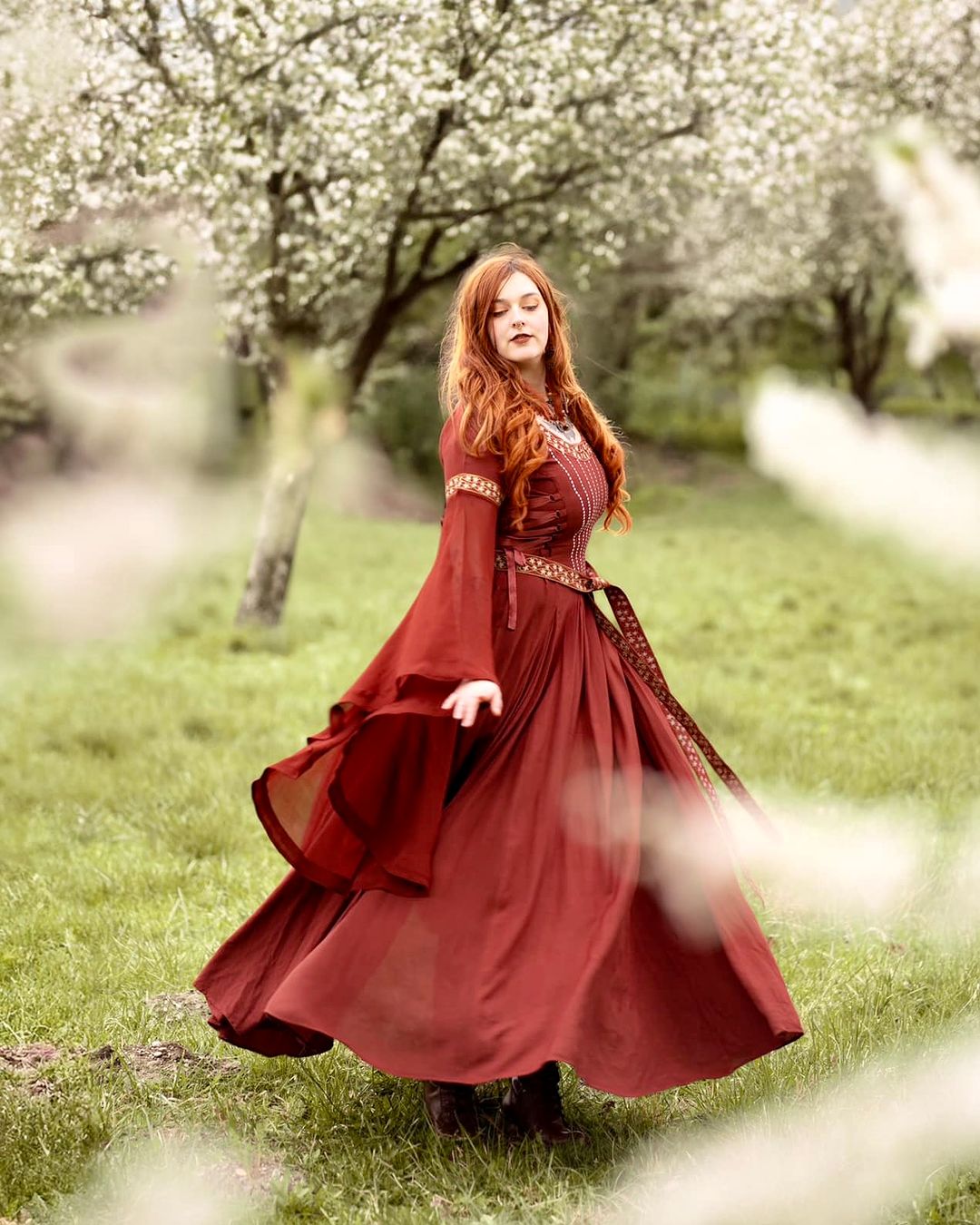
Bubble Sleeve Shirt, Floral Pattereend Bodice Corset, And Blue And Brown Skirt
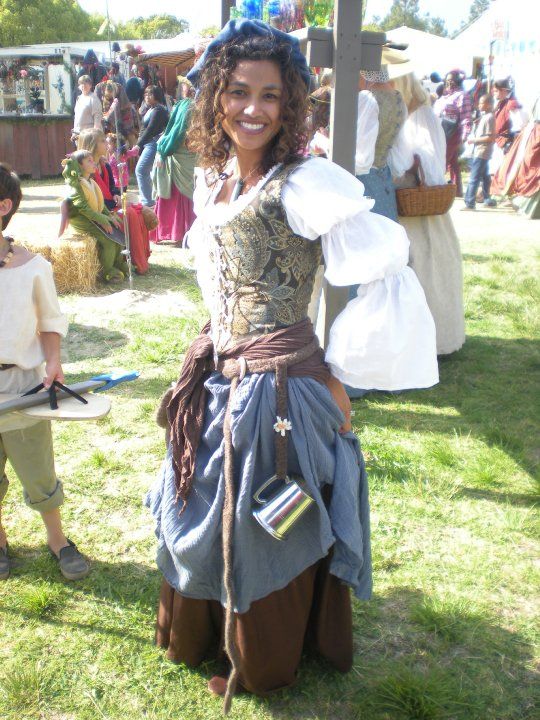
Cotton Gown With Accessories
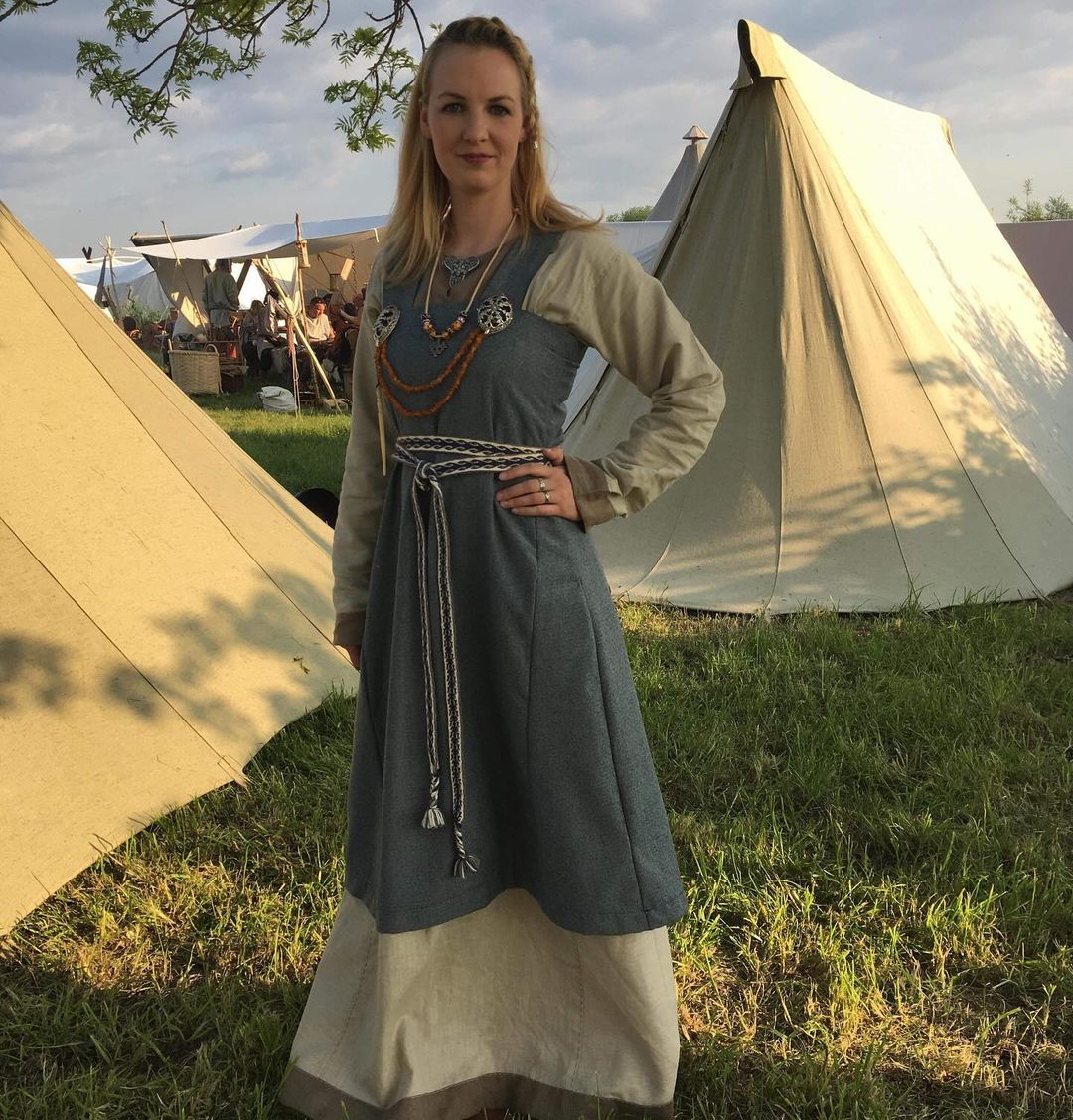
Medieval Goth, Leather Corset Off Shoulder Bell Sleeved Blouse And Black Tulle Skirt
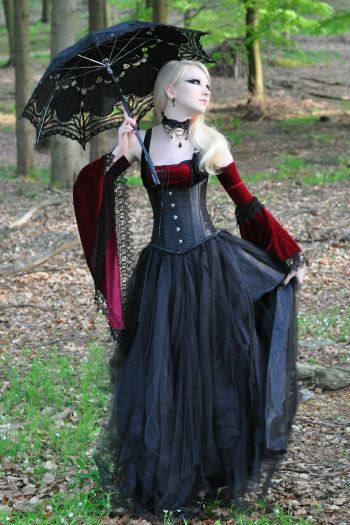
Pirate Shirt With Red And White Skirt
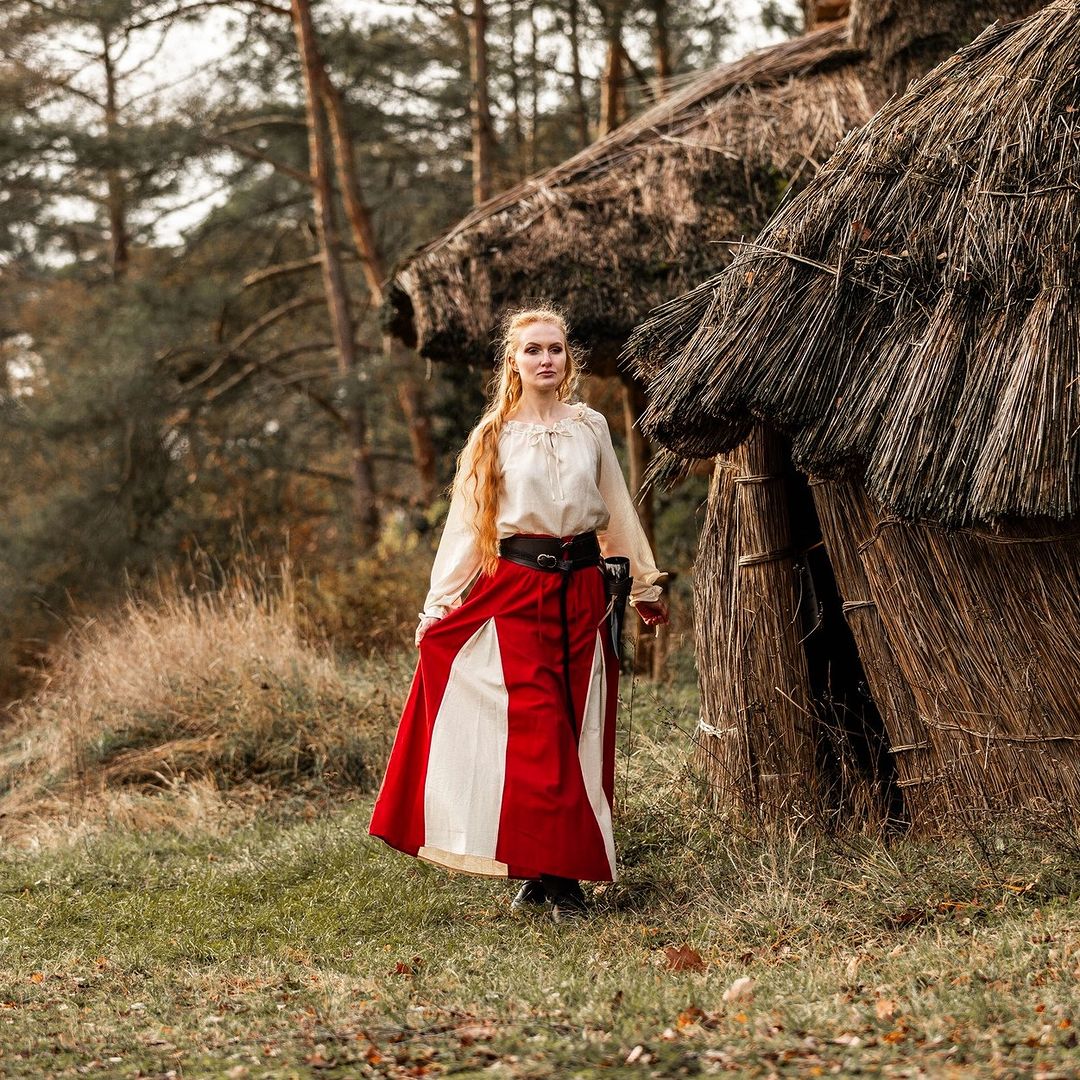
Simple Medievel Cream Dress With Blouse And Belt
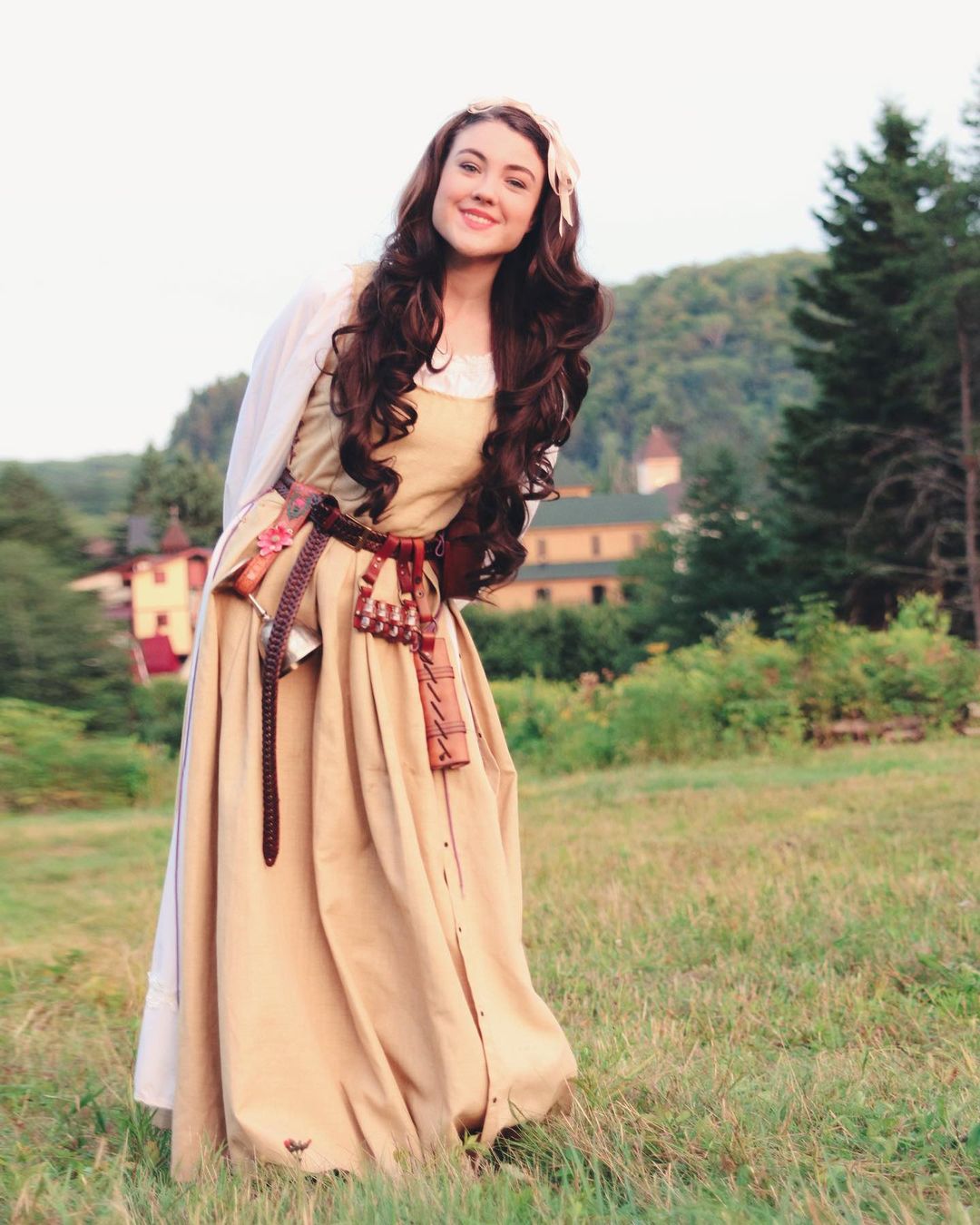
Wine Red Winter Gown With animal Pelt Cowl
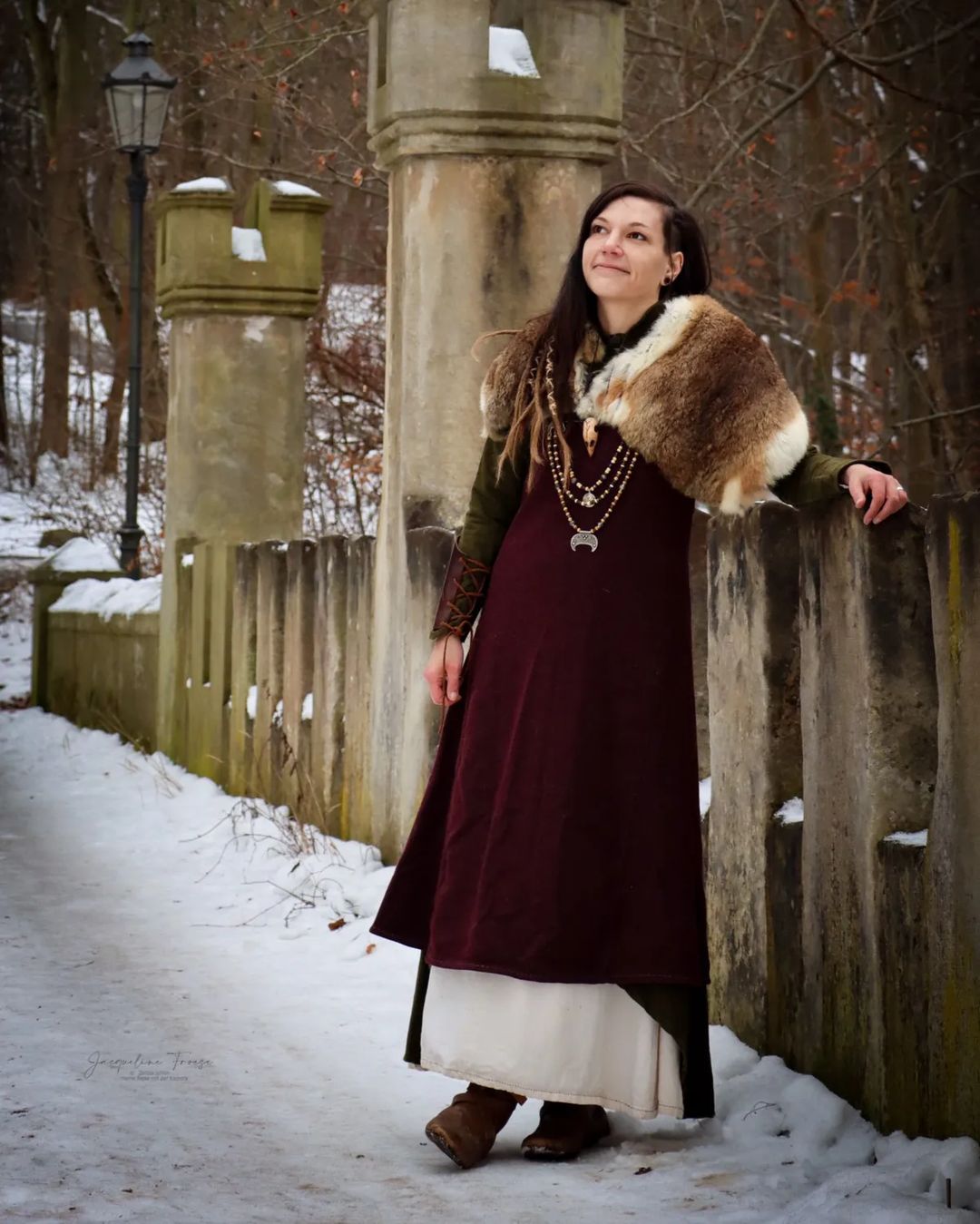
Spring Yellow Gartered Skirt, White Shirt And Tan Underbustt
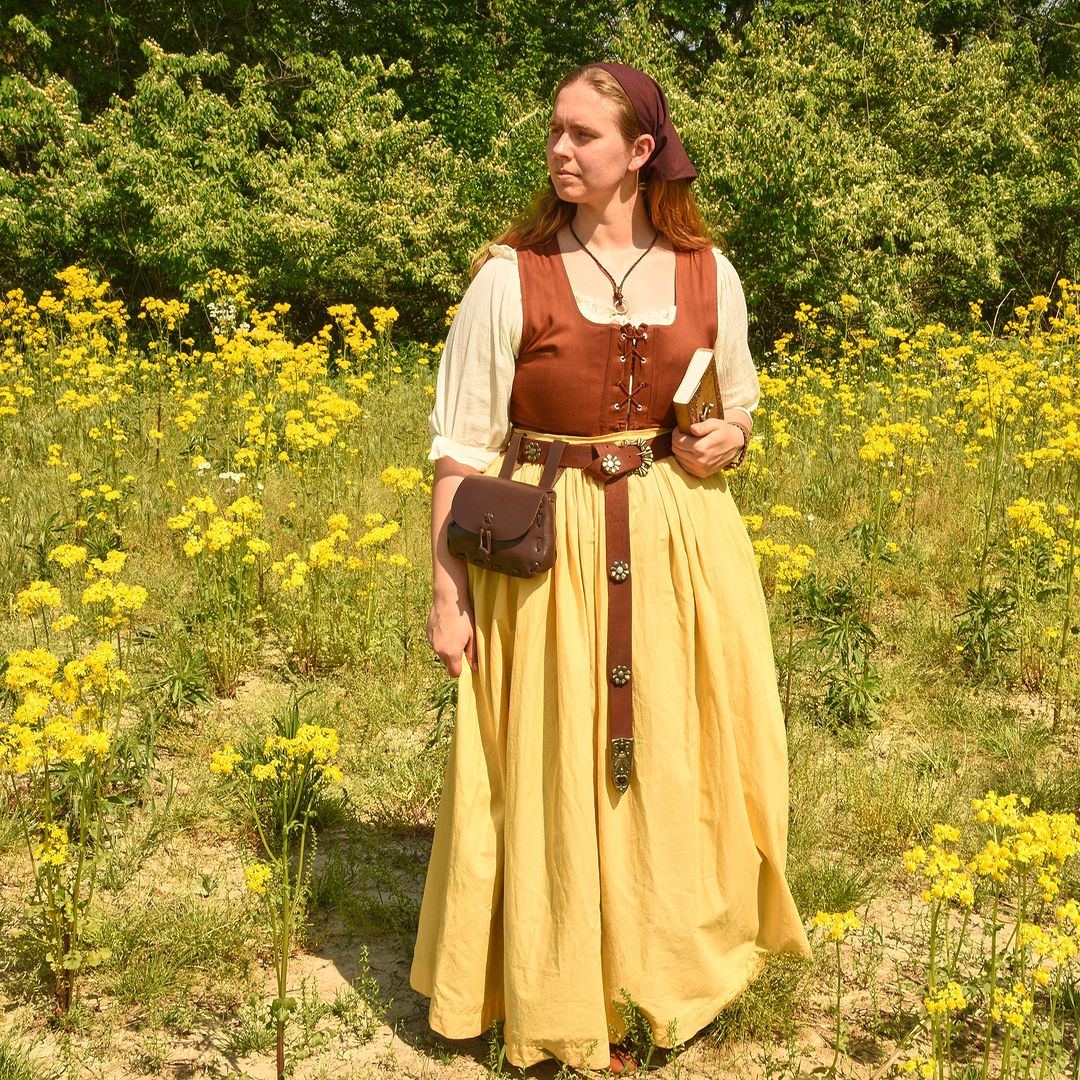
Shirt, Belted Zig Zag Skirt And Hose
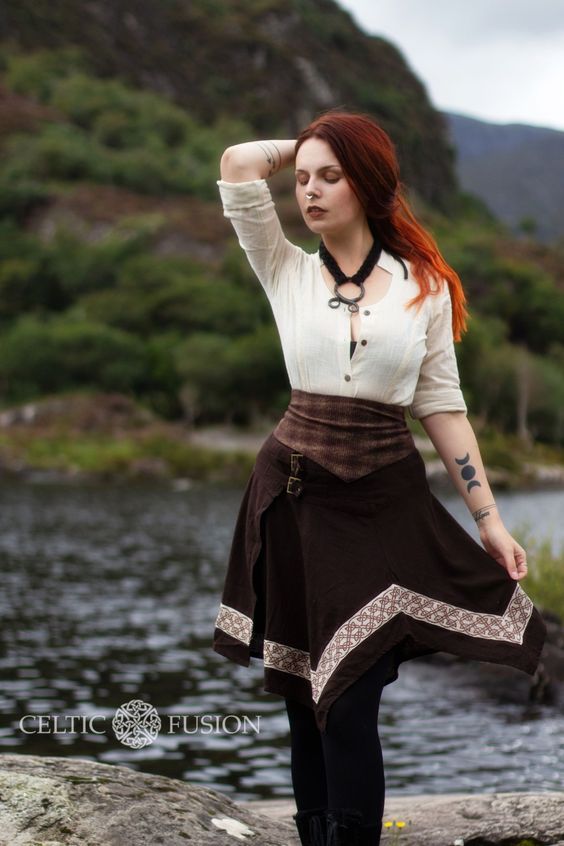
Scottish Noblewoman Gown With Fur Hemmed Bell Sleeves
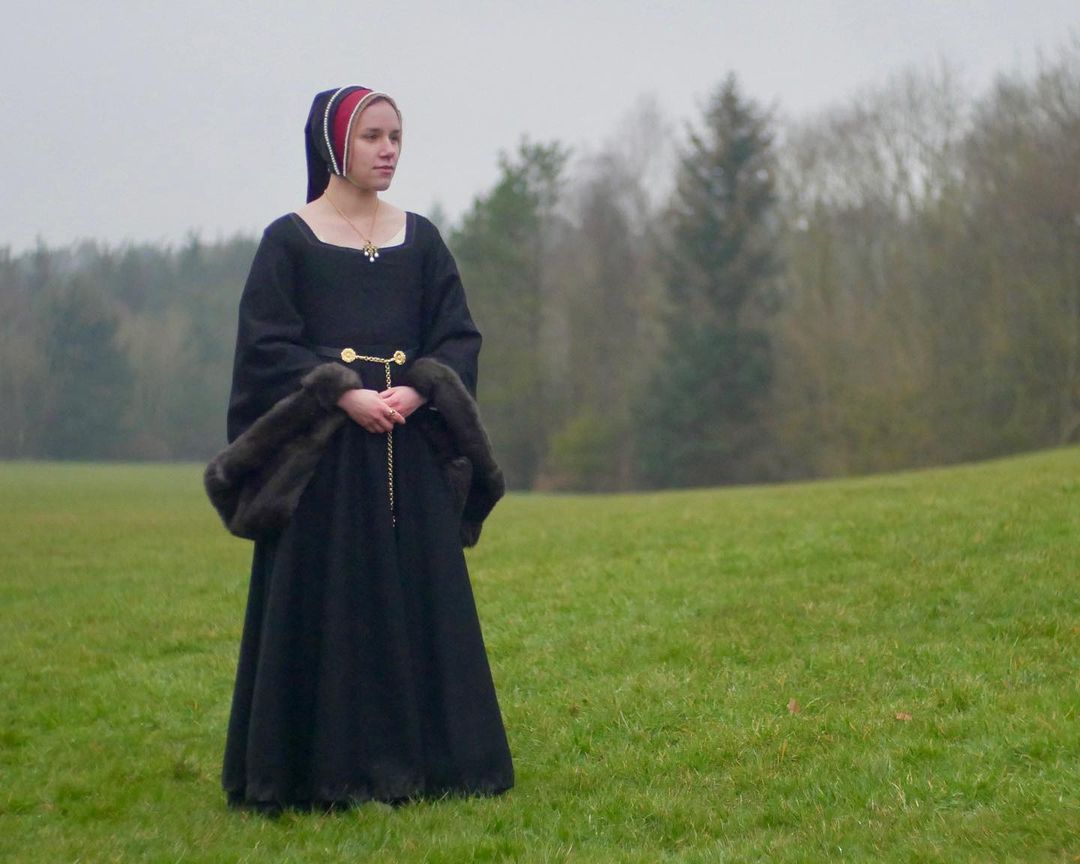
Sage Green Rayon Long Skirt With Fur Short Coat
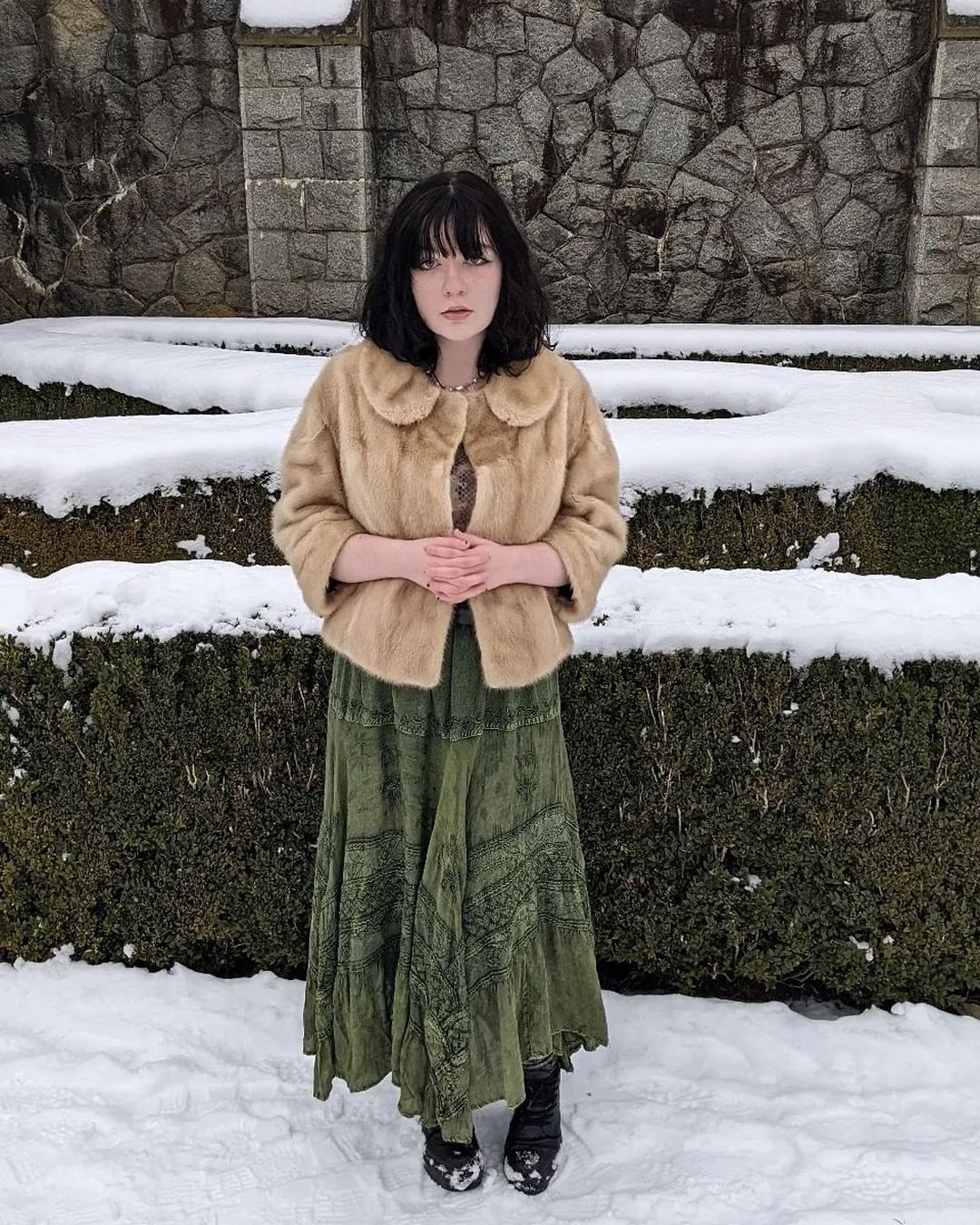
Silk Long Sleeved Inderskirt, Corseted Overcoat With Puffed Sleeves, Hose And Boots
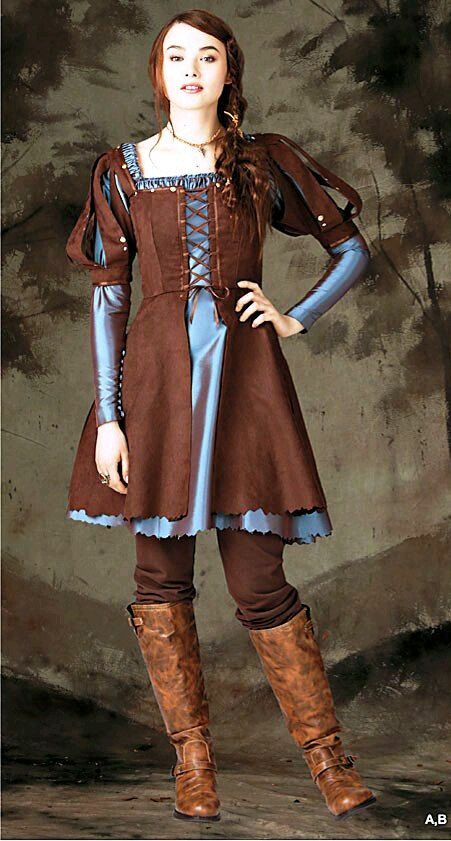
Off Shoulder Ruffle Dress, Underbust Corset, And Tartan Skirt With White Linen Underskirt
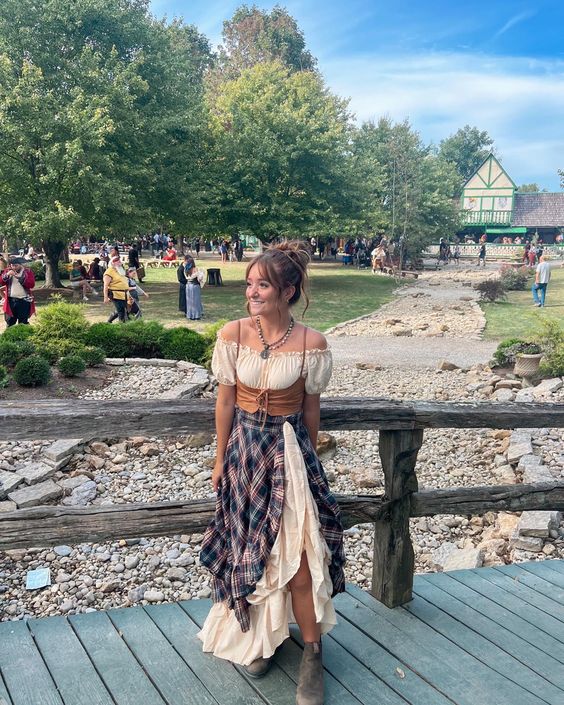
Dark Green Bell Sleeved Dress With Front Tied Long Sleeveless Overcoat
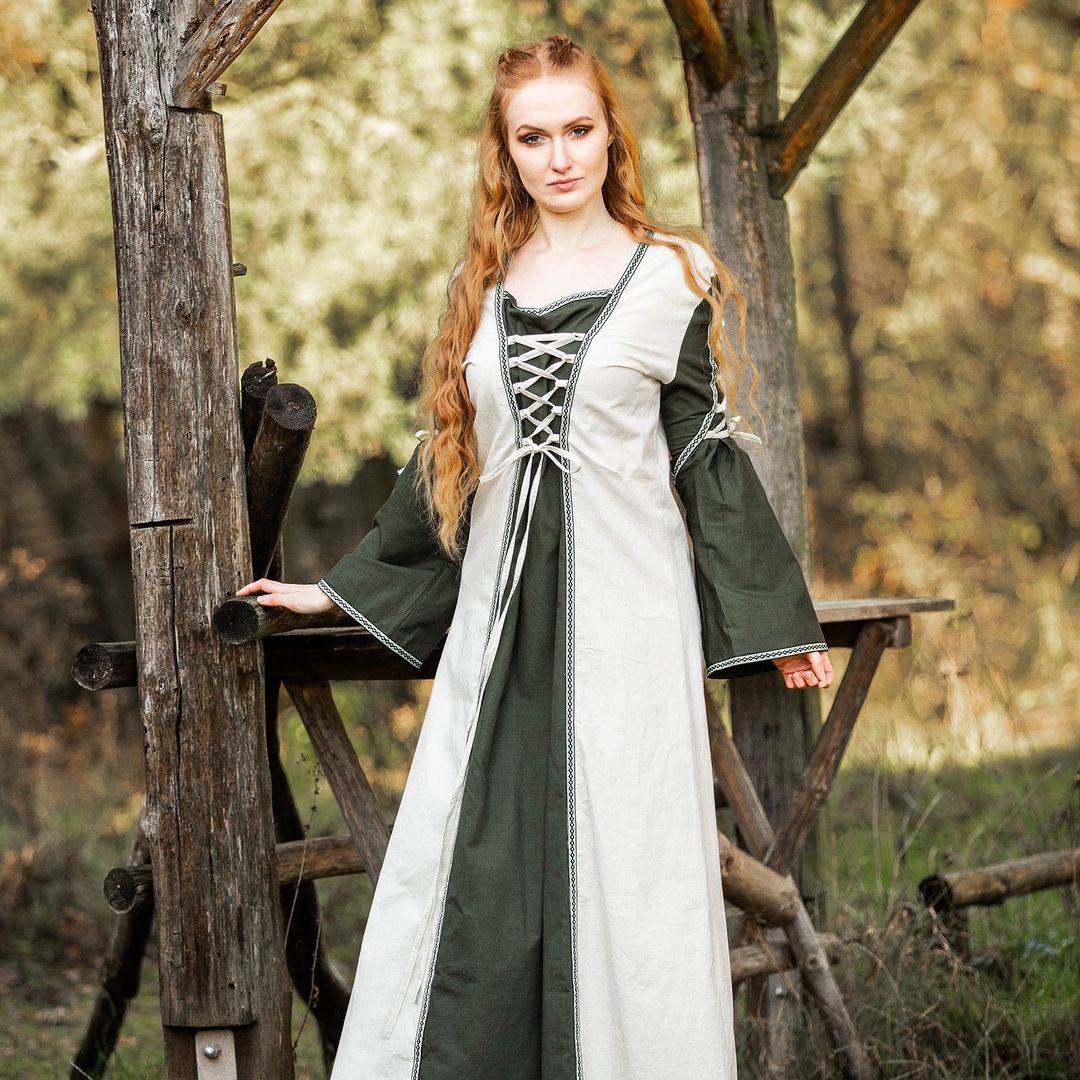
Green Gown With Over-The-Shoulder Cowled Hood
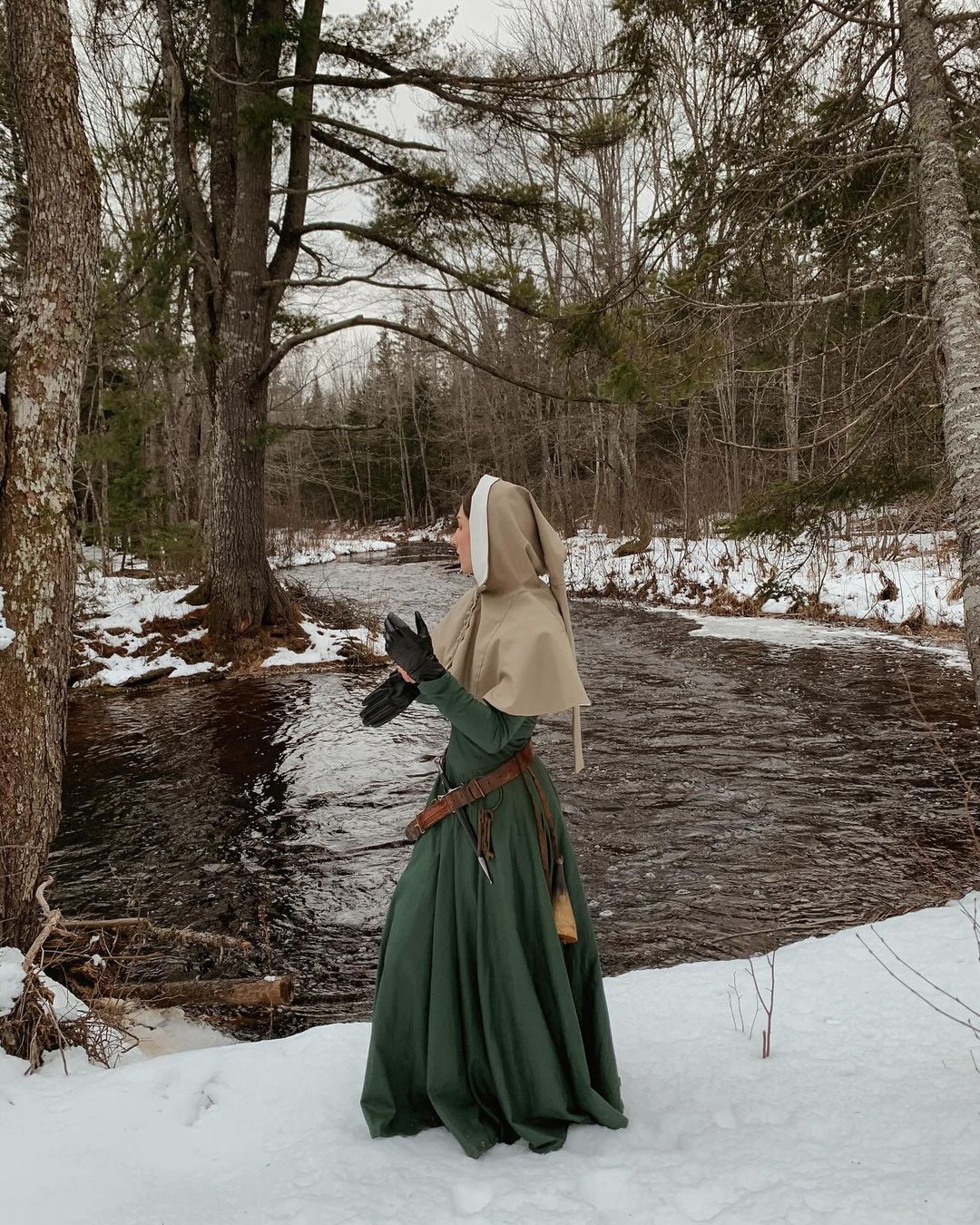
Ble Dress With Chainmail, Belt And Sword
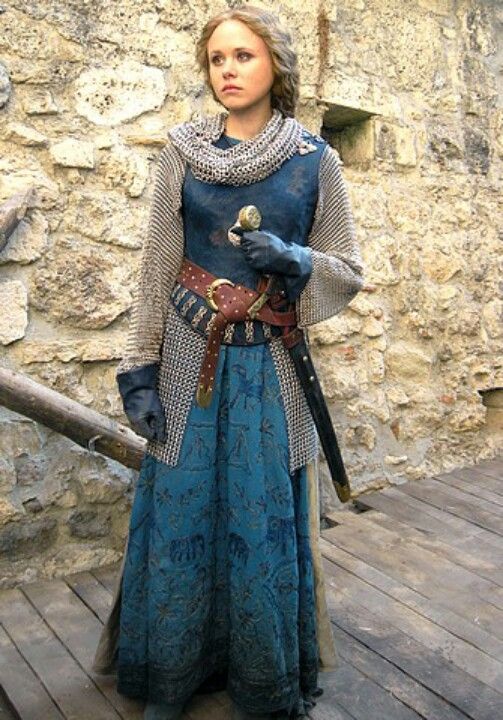
Crimson Lyra Cloak On Simple White Tunic Dress
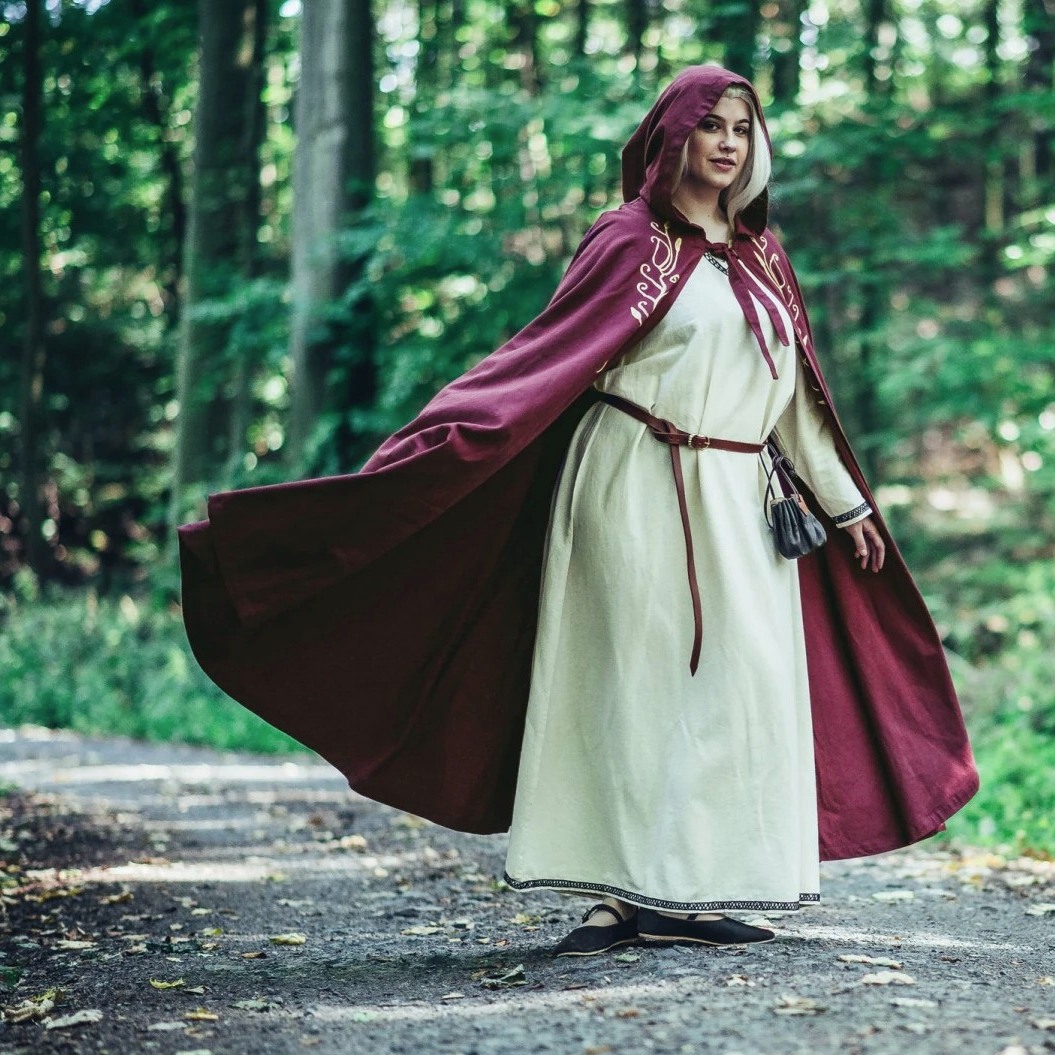
Blue Skirt With Lace Underskirt, White Slit Sleeved Blouse And Corset Belt
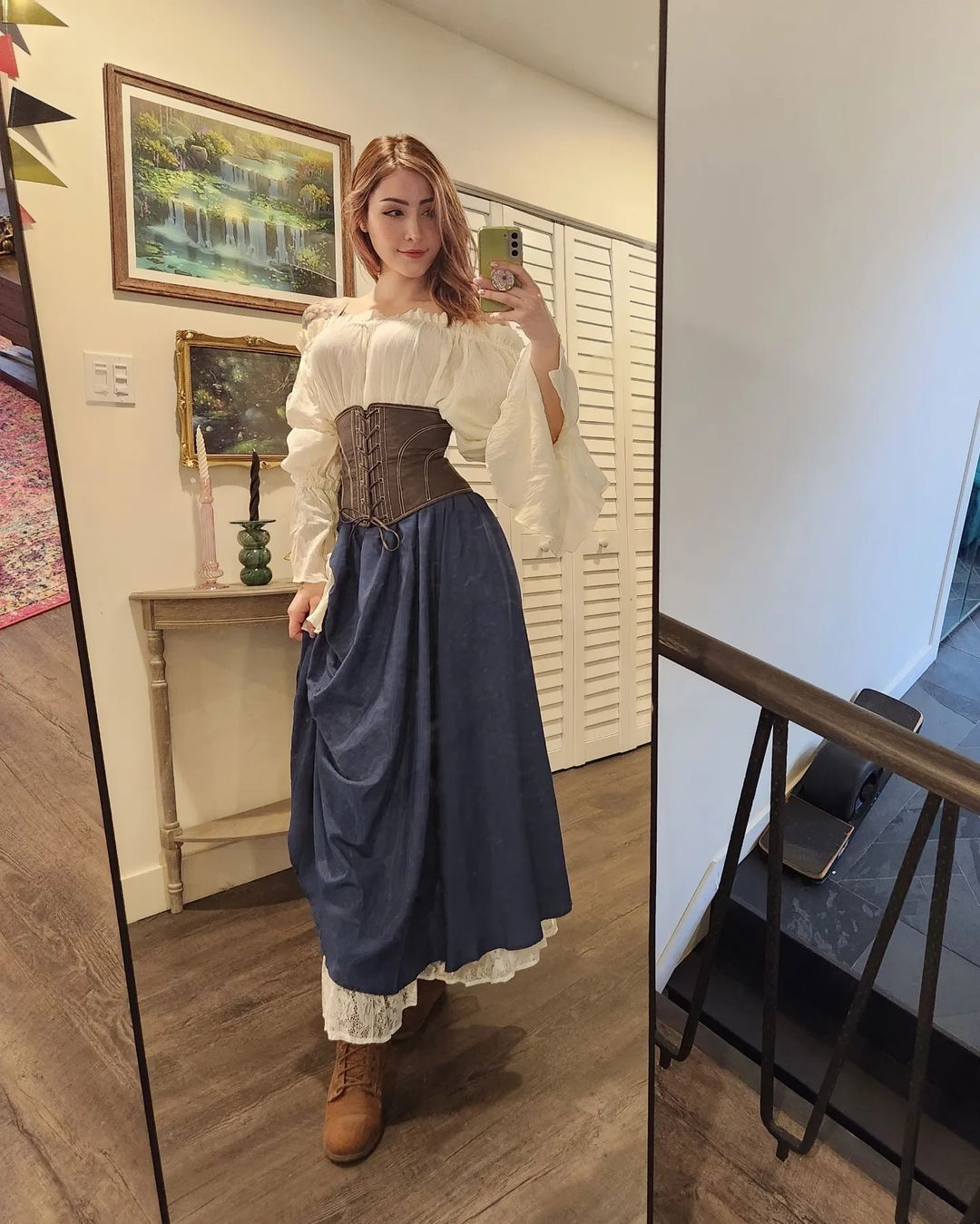
Green And Purple Cotehardie With Fabric Buttons
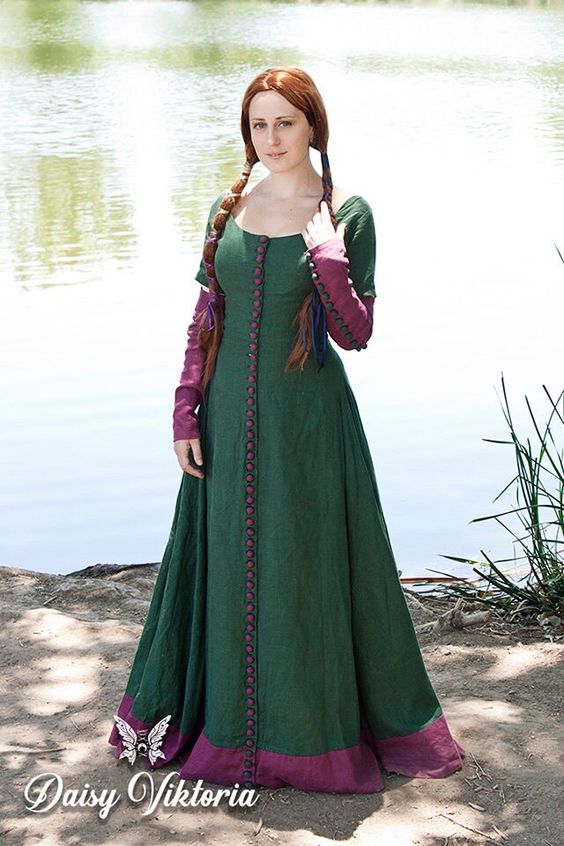
Simple Olive Green With Red Hem Dress And Utility Belt
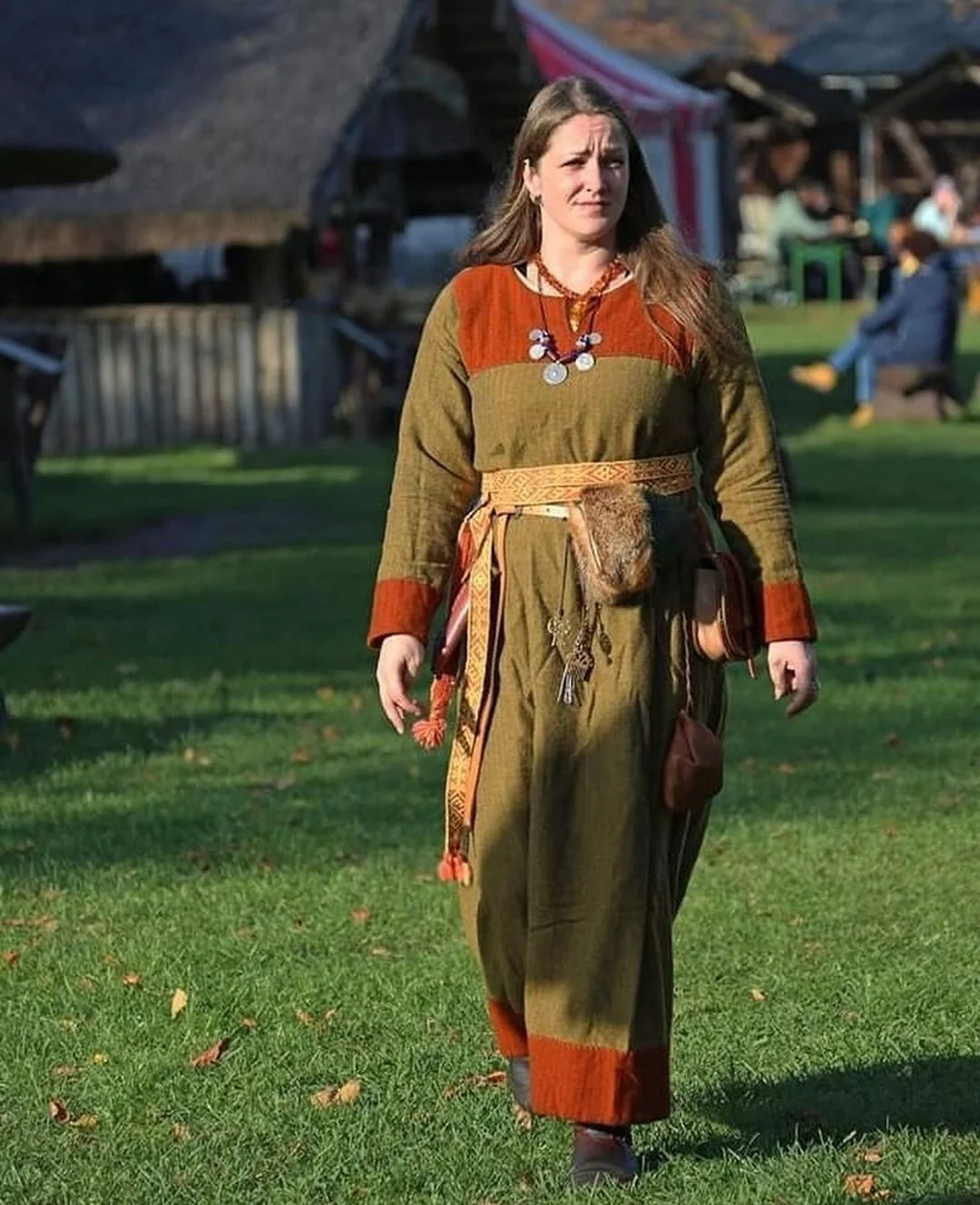
White Shirt With Blue Ridged Corset And Blue Skirt

Historical Significance and Social Implications
In medieval times, clothing was a clear indicator of one’s place in society. I’ll be your guide to understanding how distinct social classes were reflected through their distinctive dress codes, as well as the evolving trends that shaped medieval fashion.
Class Distinctions and Attire
Imagine living in an era where the clothes I wore immediately told others about my social standing. In the medieval period, nobility flaunted their wealth with luxurious garments made from silks and velvets, often fur-lined for added opulence.
In stark contrast, peasants could be identified by their simpler, practical woolen tunics. Occupations often dictated clothing choices, with distinct items worn by different occupations such as scholars, merchants, or knights, each with its peculiarities that mirrored their societal roles and responsibilities.
| Class | Typical Attire |
|---|---|
| Nobility | Silk gowns, fur cloaks, jeweled accessories |
| Clergy | Vestments, simple tunics, cloaks |
| Peasants | Woolen tunics, simple trousers, modest dresses |
For queens and noblewomen, wearing richly embellished gowns signified a high status, while the court often became a stage for displaying the latest trends and experimenting with new styles, establishing fashion as a form of power and influence.
Evolving Trends and Influences
Medieval fashion was not static; it evolved with shifts in cultural influences and the interchange of ideas across kingdoms.
As my ancestors traveled, they brought back novel materials and designs that infused new life into the clothing of their homeland. For instance, the Crusades introduced my society to Middle Eastern fabrics and embellishments.
By observing the upper classes, it’s fascinating to note how their patronage of certain materials led to the popularity and accessibility of those very fabrics for the lower classes later on. This diffusion of styles often coincided with major social and economic changes, impacting societal identity and group cohesion.
| Era | Influences on Fashion |
|---|---|
| Early Medieval | Simple, functional tunics, influence of Roman attire |
| High Medieval | Luxurious fabrics like silk, vibrant colors |
| Late Medieval | European trade, Gothic influence, fitted clothing |
Construction and Materials of Medieval Outfits
In this look at medieval attire, I’m excited to share how garments were constructed and what materials they used. You’ll find the clothing as diverse as the people who wore them, varying greatly from commoners to royalty.
From Commoners to Royalty: Varieties in Dress
In the medieval period, clothing indicated social status, and this was reflected in both the fit and materials used. For the everyday person, like me and you, outfits were simple and functional.
My tunic, probably made of sturdy wool or linen, was cut in a loose style allowing for easy movement. I’d pair it with a hose for my legs, which would be akin to your tights or long socks.
Now, as we move up the social ladder, fashion really blossoms. The royals and nobles flaunted their status with silk and velvet gowns and dresses, often dyed in vibrant colors. Their clothes weren’t just a matter of style; they were a deliberate show of wealth and power.
- Commoners:
- Tunic and hose
- Made from wool and linen
- Loose fit for practicality
- Royalty/Nobility:
- Silk and velvet materials
- Rich colors and fur trims
- Designed for style and display of wealth
Accessorizing the Medieval Ensemble
Just like today, accessories back then were the pièce de résistance that could make or break an outfit.
One truly noticeable aspect was the use of layers for both warmth and fashion, which was a big deal if you did not fancy freezing during a cold winter night!
Picture me layering a warm cloak over my tunic, fastened with a functional yet decorative brooch. The cloak might even be lined with fur—practical, yet it feels quite luxurious.
- Warmth and Functionality:
- Cloaks and mantles with fur lining
- Belts for carrying pouches or tools
- Detail and Embellishments:
- Embroidery and lace for a touch of elegance
- Brooches, not just functional, but decorative too
For a dash of elegance, embroidery and lace were key embellishments; think of them as the medieval version of custom prints or designer logos.
And let’s not forget things like belts, which were about more than keeping my tunic in place; they were also statement pieces and often held pouches or tools.
Tailoring together all those layers, patterns, and accessories into an enviable medieval outfit required skill.
And while the common garb was more about durability and function, those medieval fashionistas knew how to play with styles and materials to make their mark, just like we do today with our ever-evolving fashion trends.

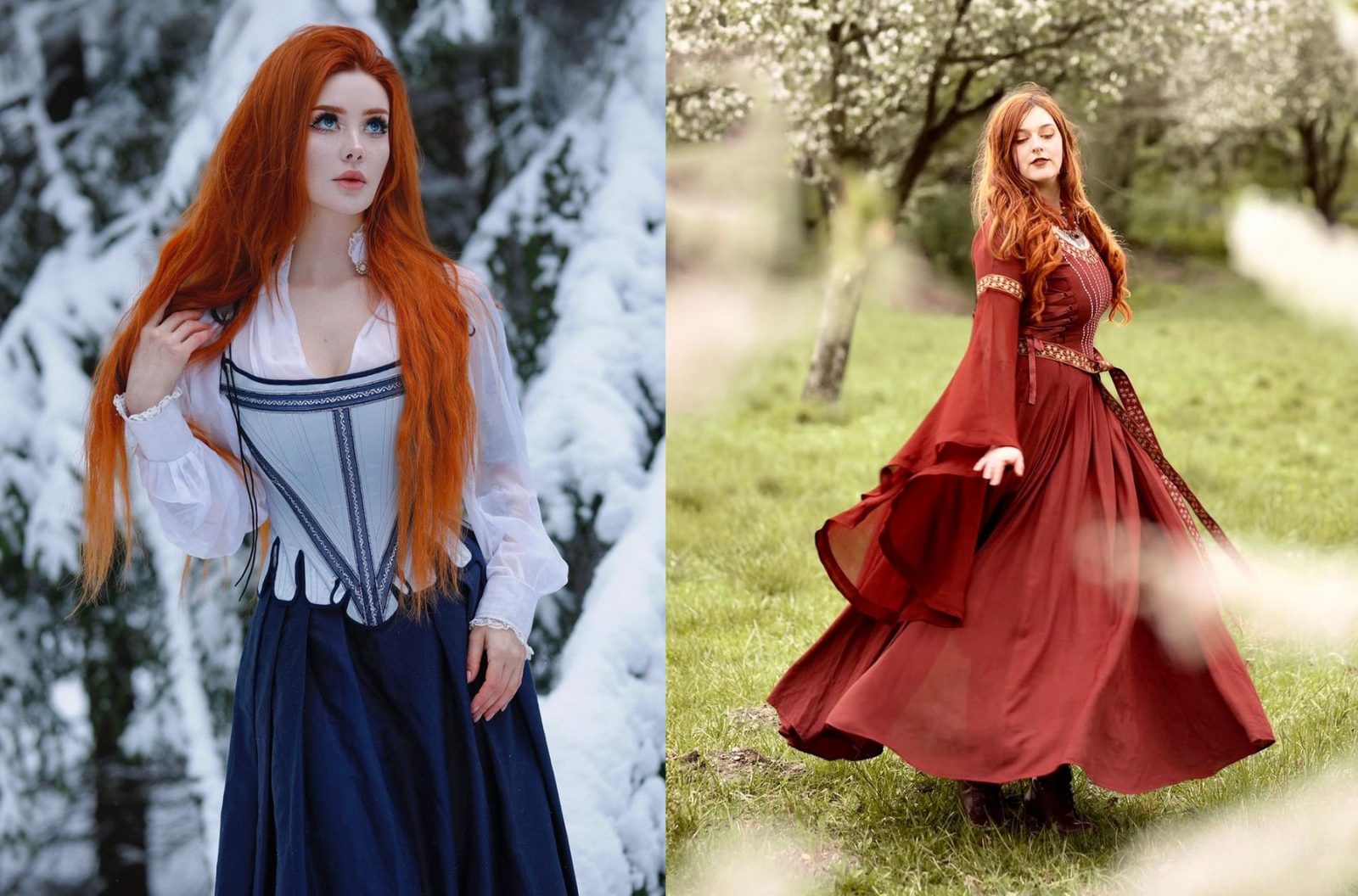

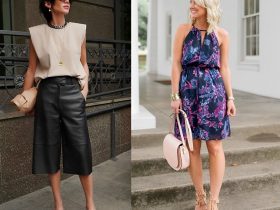
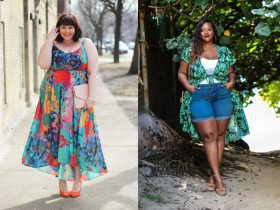
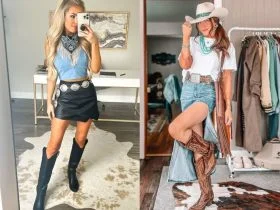
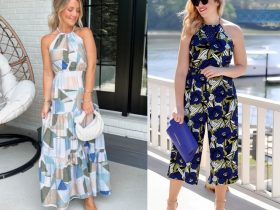
Leave a Reply
View Comments